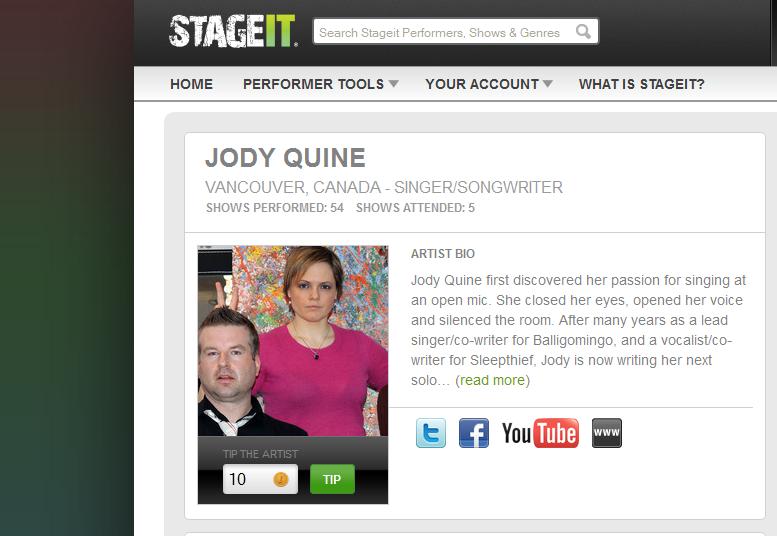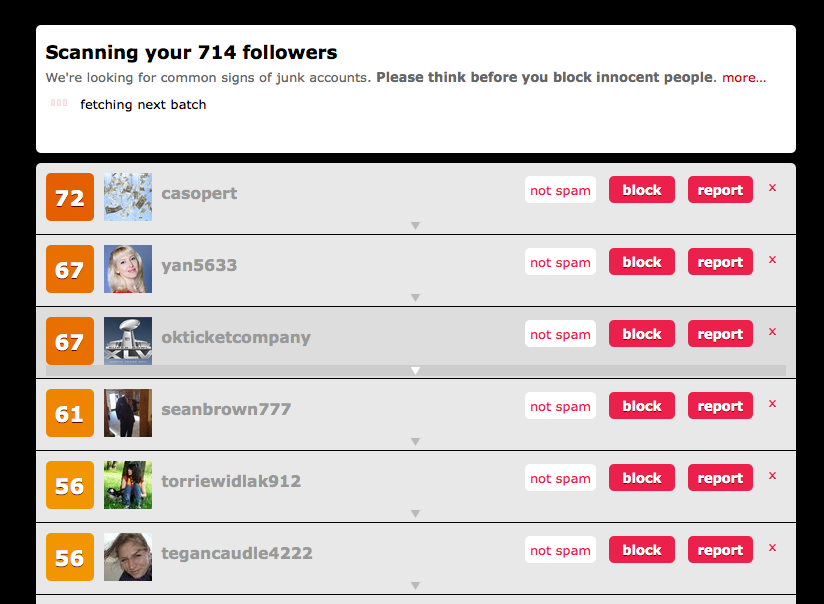 It’s hard to tour – expensive, time consuming, and pretty much out of the question if you have kids or a full time job outside the music industry. But what’s an indie musician to do – you have to get out and promote your music, right?
It’s hard to tour – expensive, time consuming, and pretty much out of the question if you have kids or a full time job outside the music industry. But what’s an indie musician to do – you have to get out and promote your music, right?
I liken it to live internet porn for musicians, albeit generally G-rated and a much better value for the audience. Streaming your live music shows over the internet is one of the hottest ways musicians can boost their visibility, grow their fan base, and make a few dollars in the process, all from the relative comfort of their own living rooms. And neither they nor their fans have to pay a babysitter either. I’ve met quite a few musicians now who are putting on regular live performances via a streaming music service. There are several different platforms out there including StageIt, Ustream, LiveStream, Google+ Hangouts On Air, Skype, YouNow, Broadcast for Friends for Facebook, and Second Life Music. What are the relative advantages and disadvantages of each? I couldn’t find any articles that compared all the services, so I decided to try researching them myself and sharing what I’ve learned. In this article I’m going to cover the basics of StageIt.
My partner and I experimented last spring a bit with StageIt. We streamed two of our house concerts using it, and I found it quite fun. You start out by joining as a StageIt audience member, which is free. You can join by using your Facebook page, or by entering a StageIt name, email address and password. One advantage of StageIt is it’s dead simple to join. Once you are signed up as a member, you can sign up as a performer, which is a one-click action. To view a show, you purchase “notes,” a StageIt currency that translates 10 Notes = $1 US. To view a show, you purchase Notes in a minimum of 50 increments ($5 US). Notes are used to pay for tickets and to tip performers during the show (more on that later).

